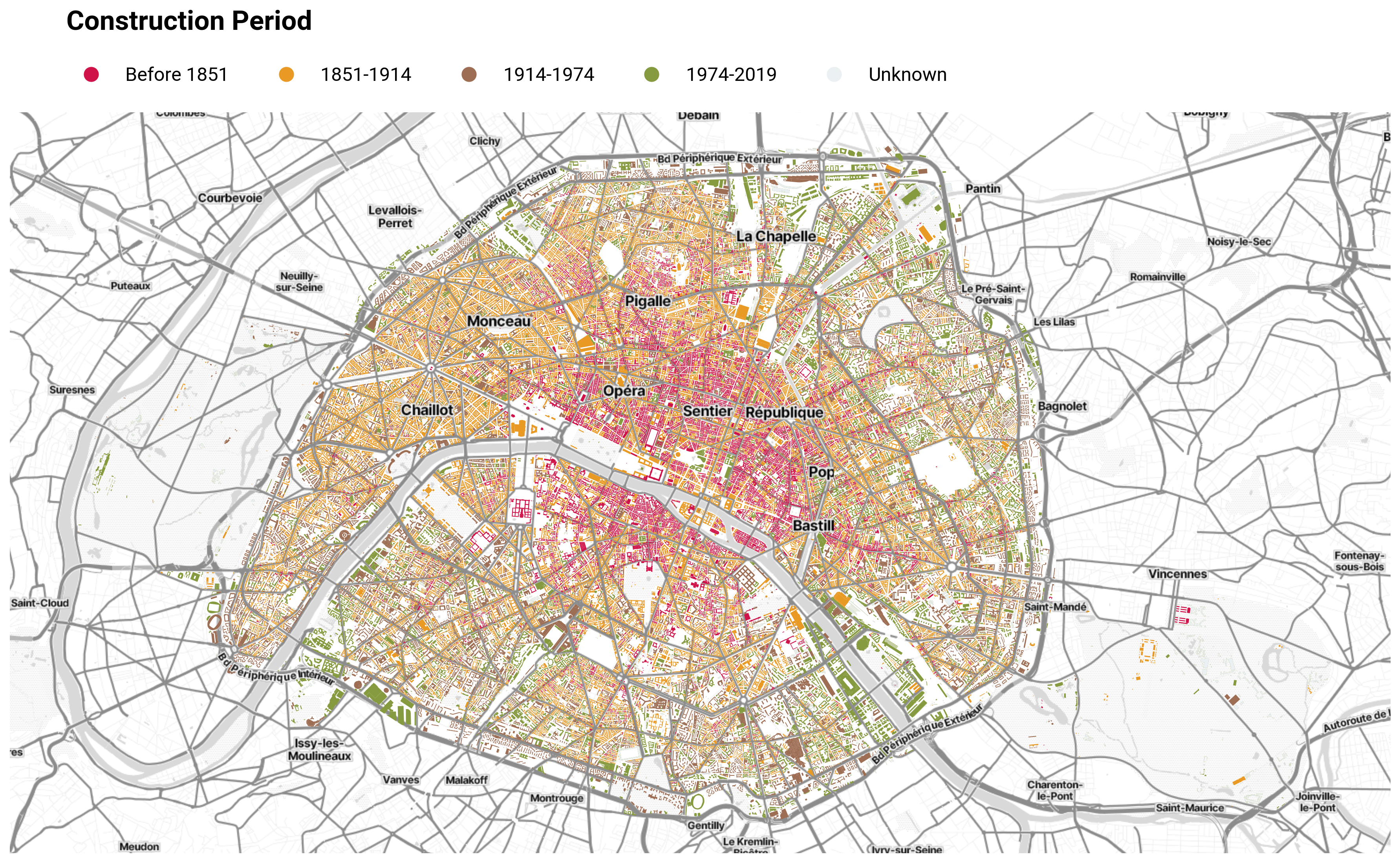
Since the pandemic and the years leading up to the 2024 Olympics, the city of Paris has been in the quest to rebrand itself as a sustainable city in line with the UN’s Sustainable Development Goal 11: Sustainable cities and communities. While cities around the world are still recovering from the economic crisis brought about by the COVID-19 Pandemic, Paris has taken advantage of the time to reimagine its city landscape and transform itself into a 15-minute city. However, challenges remain, particularly, in reducing its energy footprint.
In 2019, it was recorded that heating contributes to 63% of the city’s total energy consumption. This poses a huge opportunity for the city looking to reduce its energy bill for the environment, not to mention the energy crisis the country found itself in at the beginning of 2022. This could be done by reducing the absolute energy consumption and by improving the energy efficiency.
According to Energif, retrofitting existing buildings could save the city 24% of its energy. This process is of course not a small feat. A lot of the buildings characterising Paris have a long history that dates back to the Hauseman Renovation in the 19th century or earlier, but so are the building technologies. More than three-fourths of the buildings that scatter around the city were built before the first building insulation regulation was introduced in France.
The city has turned its road infrastructure into a labyrinth of cycle lanes when people are locked away from home. What would it take for the city to foot the bill to improve its buildings’ energy footprint?
Author’s Note:
For detailed methodologies of the production of the map, including the data source and manipulation, you can visit the respective GitHub Repository for details.